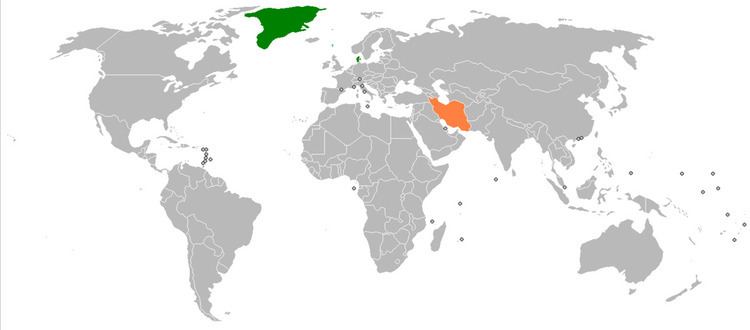 | ||
The first Persian envoy to Denmark arrived in 1691 in order to negotiate the release of the Iranian-owned cargo of a Bengali ship seized by the Danish fleet. The Iranian diplomat had been issued with diplomatic credentials by Suleiman I of Persia (Shah 1666-1694) and opened negotiations with King Christian V of Denmark. He was unable to secure the release of the cargo.
History
In 1933, a Danish consulate was established in Tehran which was later upgraded to an embassy.
Also in 1933, with the arrival of Danish engineers in Iran, technical cooperation commenced. In the same year a contract was signed with the Danish engineering firm of Kampsax A/S to construct the trans-Iranian railway line. Five years later, on 25 August, 1938, with the opening of the North- South railway line the Iranian dream of connecting the North to the South by rail came true.
Following a state visit in 1958, Iran established an embassy in Copenhagen. More specifically, the mission in Copenhagen was launched on 19 February 1959 and Ali Asghar Nase was appointed Iranian ambassador.
The 2006 Muhammad cartoons controversy saw the Danish embassy to Iran attacked by protesters and the Iranian Ambassador to Denmark called to Tehran; thus straining political and economic interaction between the two countries. In 2010, the Iranian Foreign Ministry's Director General for Northeastern Europe Behnam Behrouz and the Deputy Danish Foreign Minister Anne Steffensen spoke of expanded commercial ties. Steffensen said "Danish companies will be encouraged to boost their activities in Iran's market and we hope that the resolution of Iran and the West's nuclear standoff would pave the way for further expansion of ties in all areas." She also said the US-backed sanctions on Iran would have no bearing on bilateral economic relations.
On 7 February 2006, 20 protesters stormed the Royal Danish Embassy, before being forced out by Iranian riot police.
